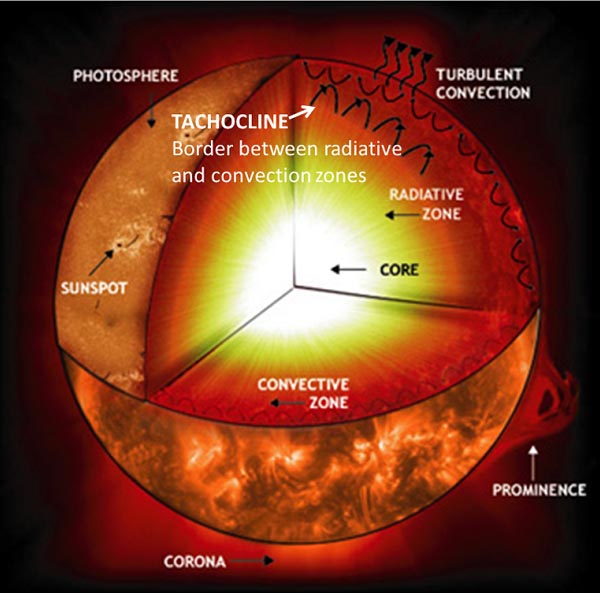Monthly Meetings
At the January monthly meeting, Al Washburn presented some of his favorite astronomy books, including some from his childhood and some more modern one. The details, illustrations, and star maps in the old books were fascinating. A few were very old, including Mattison’s Astronomy Illustrated by Hiram Mattison published in 1851! Another classic was The Humanizing of Knowledge Series: Starlight by Harlow Shapley (1926). Then there was the popular children’s book, My Little Golden Book About the Sky, by Rose Wyler (1956). A more recent selection was Beyond The Night Sky by Chris Oxlade (1996), which is a cute pop-up book. Finally, there was Faces of the Moon by none other than ASNH member Bob Crelin, a children’s book that has cutouts to show the changing shapes of the Moon.

Discussion of recent observations focused mainly on the January lunar eclipse, which many of those present had observed. It was a clear but very cold winter night, and most people either went outside now and then for a quick look, or were able to view the eclipse through a window.
At the February meeting, Leo Taylor gave a presentation about the construction and operation of his backyard observatory, which was in use for about 18 years until he took it down in 2018. Leo talked about the many advantages of having a personal observatory: It protects you and the scope from the wind, the scope can be permanently mounted so nightly polar alignment is not needed, and you can open up the observatory quickly any time there are clear skies. The observatory can block neighbors’ lights, and shelves can be built in the walls for storage of accessories, equipment, and reference books. In Leo’s case, the observatory was used mainly for astrophotography, and he could program a night’s worth of images on his computer and then retreat to the warmth of his home. Leo showed some of his images of the International Space Station and of geostationary satellites. Many of his deep-sky images have appeared in different issues of this newsletter, including page 7 of this issue.

Leo Taylor’s Elizabeth Observatory, named in memory of his mother.
Following the lead of Al Washburn last month, Leo presented a few of his favorite astronomy books. One was an atlas of the Moon with beautiful hand-drawn pictures. He also presented Burnham’s Celestial Handbook, a massive three-volume reference set with information on thousands of deep-sky objects. Several of those in the audience mentioned that they also owned copies of this classic reference work.
At the March meeting, Laurie Averill gave a presentation about the Sun. She showed several short videos from NASA that demonstrated the dynamic activity taking place within the different regions of the Sun. The temperature of the Sun varies dramatically in different layers, from 15 million degrees K in the core to about 4500 degrees at the photosphere, and then increasing again to 1 million degrees in the corona.
Over the next several years, the Parker Solar Probe will be making many important observations of the Sun at various wavelengths, and it will eventually get as close as 3.8 million miles from the Sun, much closer than any previous spacecraft, and certainly a very hot journey!

A cross-section of the Sun. NASA image.
